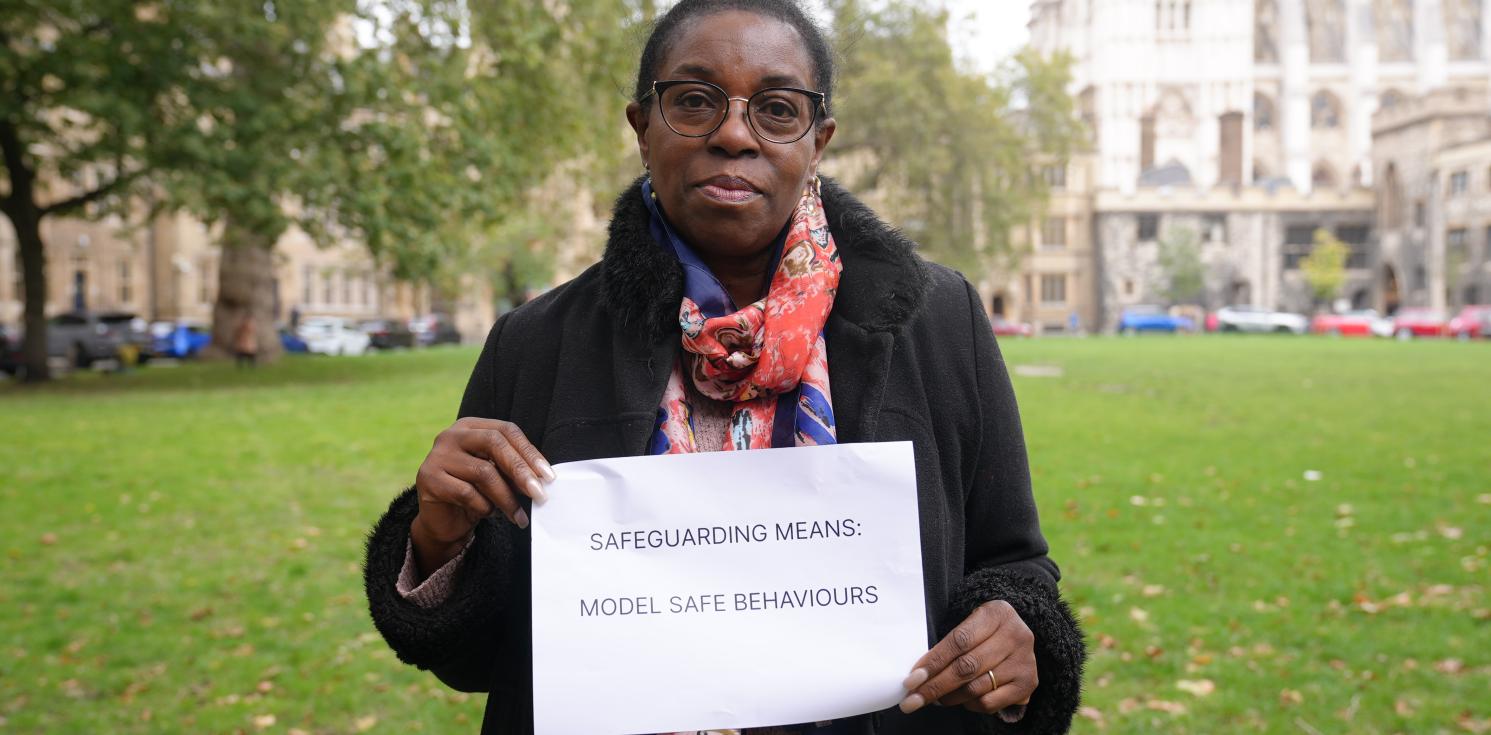Safeguarding: Model safe behaviours

Safeguarding Sunday took place this month - 19 November 2023. Throughout this month and next we are delving into the fundamental principles of creating a safe space for all. In previous weeks we’ve focused on establishing good governance, managing power, building effective structures and listening well within a chaplaincy community. This week we look at model safe behaviours within the chaplaincy, based on the Thirtyone:Eight ‘Culture Cube’.
Safeguarding extends beyond policies and procedures—it is embedded in the everyday activities and behaviours embraced by the community. This article explores the importance of modelling safe behaviours within the chaplaincy.
Understanding everyday activities and behaviours
Within every chaplaincy, there exist everyday activities and behaviours that contribute to communal life. From church traditions to interactions, these elements shape the culture of the community. Safeguarding calls for an examination of these practices to ensure they align with the values of safety, respect, and inclusivity.
Committing to transparency and clear communication
Modelling safe behaviours begins with a commitment of transparency. Leaders within the chaplaincy must clearly communicate what behaviours are acceptable and expected. This transparency sets a standard for the entire community, fostering an environment where everyone understands their role in maintaining a safe and respectful space.
Welcoming feedback from all members
An inclusive approach to safeguarding involves welcoming feedback from both new and long-standing members. Every individual brings a unique perspective, and their insights can be invaluable in identifying areas for improvement. Creating a culture that actively seeks and values feedback ensures that the chaplaincy remains responsive to the evolving needs and expectations of its diverse membership.
Reviewing routines and traditions
Routines and traditions are part of the identity of a chaplaincy. Reviewing these practices are essential to ensure they not only uphold tradition but also contribute to a safe and healthy culture. As the community evolves, so should its routines, ensuring they remain relevant and supportive of the well-being of all members.
Considering vulnerability and accessibility in routines and traditions
Safeguarding requires consideration of how routines and traditions may affect individuals who are vulnerable within the community. This includes acknowledging the diverse needs and perspectives of all members and adapting practices to create an environment where everyone feels safe, respected, and included.
For more information on Safeguarding in the Diocese in Europe, visit the safeguarding webpage.


